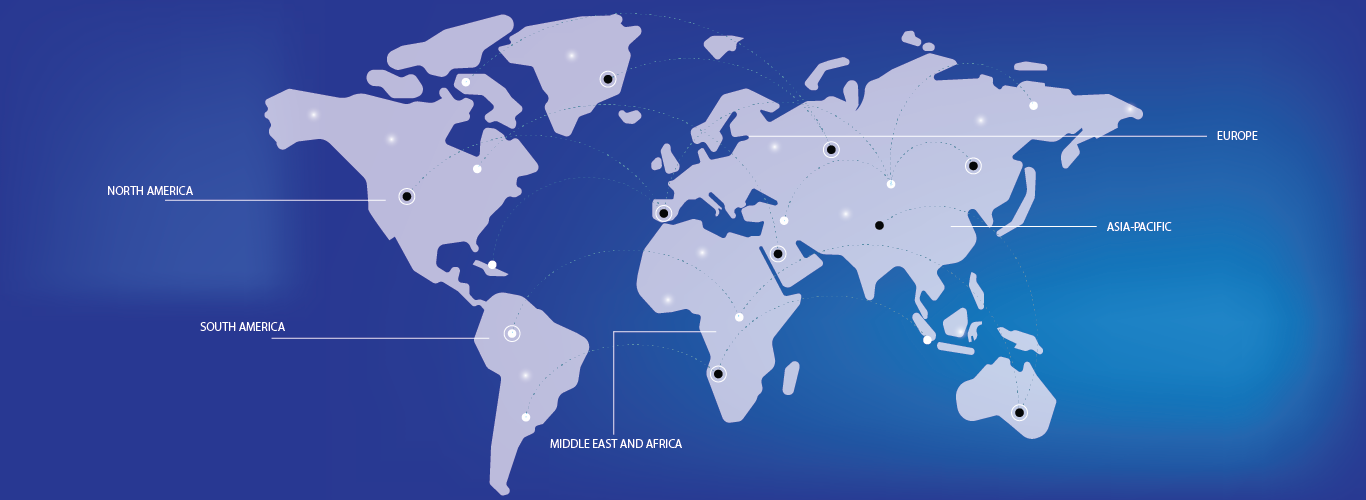The bird detection systems for airports market is witnessing significant growth, driven by the increasing emphasis on aviation safety and technological advancements in detection systems. Airports worldwide are adopting innovative solutions to mitigate bird strike risks, a critical concern for both aircraft safety and operational efficiency. These systems use advanced technologies such as radar, thermal imaging, and artificial intelligence to detect, track, and monitor bird activity around airports, enabling timely intervention to prevent collisions. Key advancements include the integration of AI-powered analytics for precise identification and behavior prediction of birds, as well as the deployment of automated deterrent mechanisms to safely redirect birds away from flight paths. For instance, modern systems now feature 24/7 monitoring capabilities and weather-resilient sensors, ensuring uninterrupted operation under all conditions.
Regions such as North America and Europe dominate the market, owing to stringent aviation safety regulations and a high number of operational airports. Meanwhile, Asia-Pacific is emerging as a key growth region, driven by infrastructure development and increasing air traffic. The market's growth is further supported by collaborations between airports and technology providers, fostering innovation in bird detection and prevention solutions. This evolution underscores the critical role of these systems in enhancing global aviation safety.






